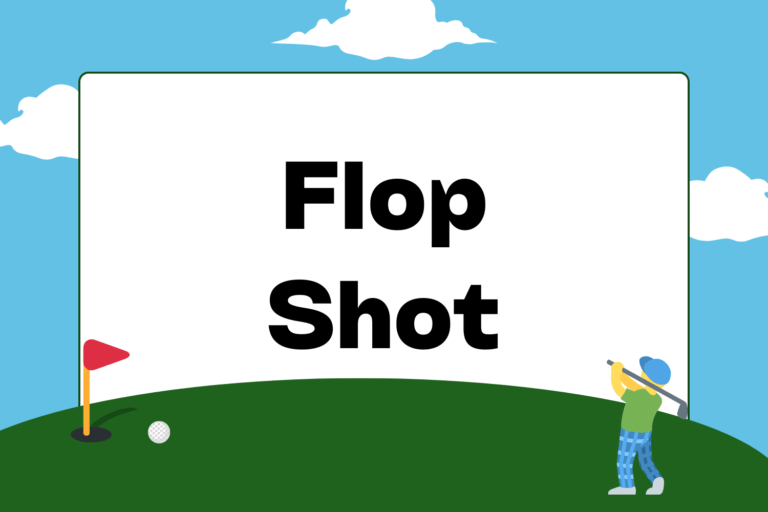If you’ve watched the pros play on TV, chances are you’ve seen shots that land on the green and immediately roll back a few feet. To have that kind of control over your ball takes a lot of skill, which takes a lot of practice, but the result is definitely worth the effort.
As you may know, getting your ball to land and roll back is done by creating enough backspin on the ball at impact. You might have even done it a couple of times. This guide aims to teach you what you need in order to create backspin consistently on your approach shots.
Equipment Needs
No matter how great your golf swing is, you won’t see any backspin on your shots unless you have high quality equipment that you’ve taken good care of.
Clean the Grooves on Your Clubs
If you take a look at your clubs, you’ll notice long grooves going along the clubs’ faces. These aren’t there for decoration. They actually grip the ball and allow it to scale up the face of the club, creating backspin.
So make sure the grooves on your clubs aren’t clogged with dirt and grass. If they are, your club won’t grip the ball at all, and no backspin will be created.
Hot Tip: Clean after Every Shot
Instead of waiting until there’s so much dirt, grass, and grime on your clubs’ faces that you can hardly see them, get into the habit of cleaning your clubs after every shot. Use water and a rag for your routine dirt and grass clods, and if you need to “floss” between your grooves, you can use a tee. Cleaning your clubs between every shot ensures that you’re getting the most performance out of your equipment.
Use a Better Golf Ball
There are so many types of golf balls out there, but for the sake of space and clarity, let’s separate them into two general groups: Less expensive golf balls and premium golf balls. If you can afford them, premium golf balls will do wonders for your efforts to put backspin on the ball. (For more information on specific types of balls, check out the guide, “How to Choose a Golf Ball”).
Less expensive golf balls are usually made with two pieces — a synthetic core and a hard outer covering. Because of that harder shell, you may get more distance, but you won’t get much spin on the ball.
Premium golf balls are designed to include three or more layers: A soft core, a layer of wound rubber strands, and a soft, urethane cover. What does that mean for golfers who use them? More control, and more backspin.
The Shot
Once you’ve cleaned your clubs and upgraded your golf ball, the only thing stopping you from getting backspin on your shots is your execution of the shot. Here are the keys to keep in mind when trying to get backspin:
Know your shot:
You don’t want backspin on every shot you hit. With your driver, for example, you want the ball to roll forward as much as possible, not backward. On shots that you do want backspin, like short irons and wedges into the green, you have to commit to the shot once you’ve chosen it. Without a confident, committed strike on the ball, there’s no way you can get backspin.
Know your lie:
Although you may want backspin on a specific shot, you have to know when expecting it is a bit unrealistic. Where you’re hitting from has a huge impact on the amount of spin you’ll be able to put on the ball. Fluffy rough, for example, will never give you much spin. Another reason to try to keep your ball in the fairway!
Have the ball in the middle or back of your stance:
Putting the ball in the middle-to-back of your stance will help you hit down on the ball, which traps the ball between the ground and your clubface. This “trapping” puts your club’s grooves to work, and with enough force, backspin will be generated.
Swing steeply:
A steep angle of attack, combined with a good lie and good ball position, will be instrumental in creating the backspin you want.
Power through:
This is big. Although backspin is created by the combination of all of the above, there’s absolutely no way you can get backspin without a powerful strike. If two golfers with the same club both have perfect swings, hit from the same lie and into the same green, the golfer with the faster swing speed will always get more backspin. So don’t quit on your shot. Commit, and power through!
Practice
There’s a reason getting backspin on the ball is associated with the professionals — it takes a lot of skill to pull it off. In order to get to that level, you have to practice. A lot.
Unless the driving range you typically go to has actual greens for targets, it’s going to be tough to judge just how much backspin you’re getting on iron and wedge shots on the range. Focus on making pure contact with the ball and keeping those five keys listed above in mind. Then, play as many rounds of golf as you can. On the course, you’ll be able to see the results of your practice.
Repeat the cycle of practicing and playing, and sooner than you think, you’ll impress yourself and your playing partners with the absolute control of your golf ball.





